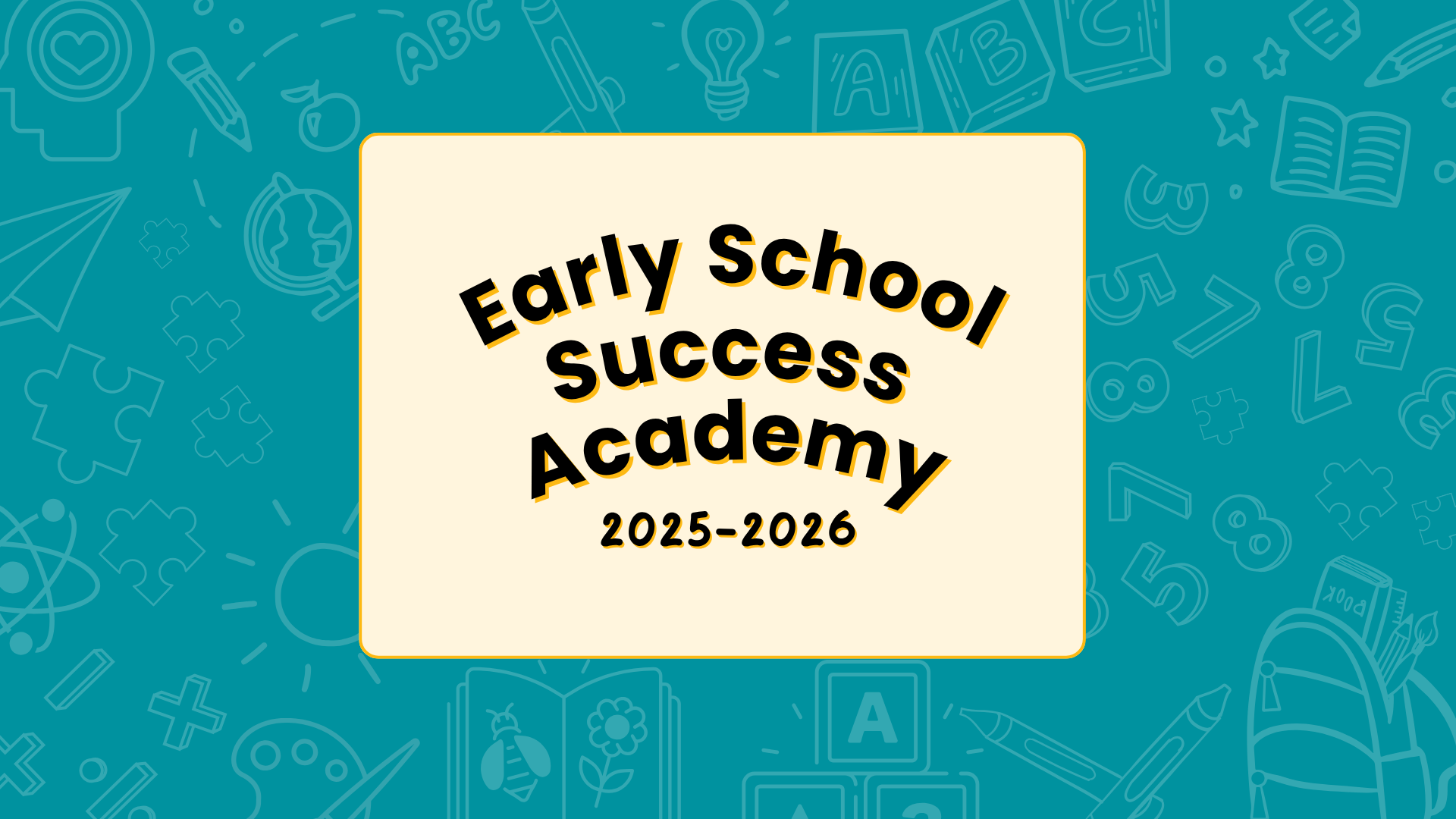 “Grade-level reading” is a phrase that’s used often in the education world. But many parents may not know what it means – and why it’s so important.
“Grade-level reading” is a phrase that’s used often in the education world. But many parents may not know what it means – and why it’s so important.
The basics
Reading proficiency by the end of third grade is the most critical indicator of whether a child will graduate high school, according to The Campaign for Grade Level Reading. Children’s Institute works with the Campaign for Grade Level Reading to address challenges to early literacy so all children can be on track by third grade.
Why is third grade such a critical point? In fourth grade, curriculum shifts to more advanced topics. If a child is still learning to read, it makes reading to learn that much more difficult. If a child is reading proficiently by the end of third grade, they are four times more likely to graduate from high school than their classmate who struggles with reading.
The statistics
Oregon has the third lowest high school graduation rate in the U.S. The work to improve that statistic starts in early childhood education. But recent statistics paint a troubling picture: Only 14 percent of children entering kindergarten in 2013 could name a single letter. Nearly 40 percent could not identify a single letter sound.
Of the 2.5 million kids who dropped out of high school nationally in 2015, 1.6 million of them received the lowest reading scores on the third-grade literacy exam.
Reading proficiency is much more likely to be an issue for students of color and low-income students. In 2015, 82 percent of African American fourth graders were reading below proficiency, according to the Annie E. Casey Foundation’s Kids Count Data Project. The same study found 79 percent of Hispanic fourth graders were behind in reading.
Similarly, 80 percent of children from low-income families aren’t reading at grade-level by the end of third grade.
What can be done?
Education advocates say getting all children to read at grade level by the end of third grade requires everyone working together. Efforts include encouraging parents to read to their children, ensuring preschool programs are high-quality and affordable, reducing chronic absences from school, and addressing summer learning loss.
Here are some resources for further information on grade-level reading:
The Campaign for Grade-Level Reading
A primer on the issue including how different states try to ensure fourth grade reading proficiency
Double Jeopardy: How Third Grade Reading Skills and Poverty Influence High School Graduation

